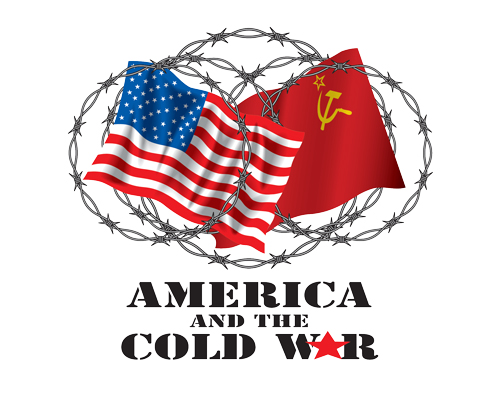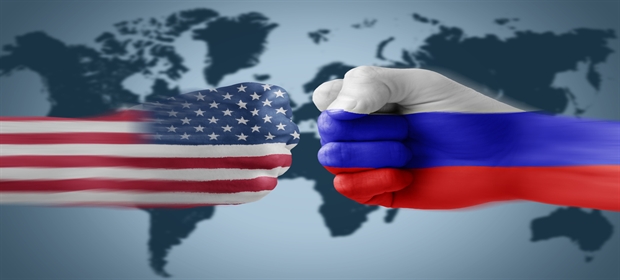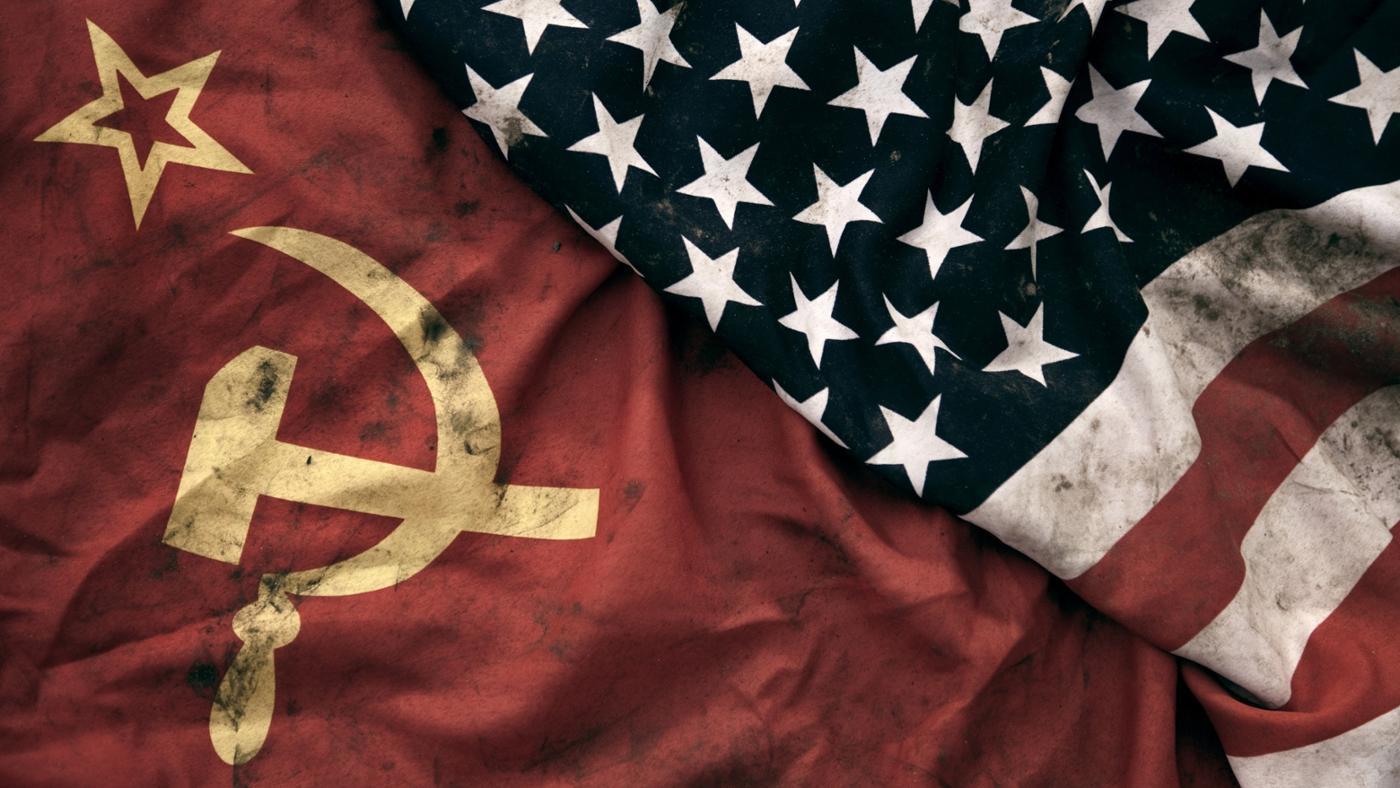This is an update article for the previous: A new Cold War?
The Russian Defense Ministry will restore the “early warning radar station” in Sevastopol, Crimea. The facility housed the first generation of radar of first warning and surveillance from Space during the Soviet era thanks to the Dnieper system. The modernization work will allow the detection of ballistic missiles launched from the Black Sea and the Mediterranean Sea. The early warning station in Sevastopol had been designed to protect the south/south-east of the Soviet Union during the Cold War. The Dnepr radar guaranteed an angle of 60° coverage to target interceptor missiles in the backlines.
The Sevastopol radar station officially went into service on 16 January 1979. After the dissolution of the Soviet Union, in 1991, the plant passed in hand to Ukraine, which rented it to the Russians until 2008, when Moscow decided to divest the radar station, given the absence of upcoming military threats.
The Kremlin compensated with the new Voronezh radar placed in Armavir, in 2013, in the Krasnodar territory. The Voronezh radar, six thousand km of range with capacity to simultaneously track 500 targets, are active in the Leningrad region, Kaliningrad and Irkutsk.
According to the new plans, the Sevastopol station will be integrated with the Armavir radar, operating in UHF (Ultra high frequency). The decision has been inalienable in concomitance with the resuming of the Cold War by United States and NATO against the Russian-Chinese bloc.
The Moscow area should be protected by 68 interceptor missiles against a possible attack led by an enemy US/NATO with nuclear weapons. Russia currently has only one system of the same type operating in the Moscow area: the A-135, operating 24 hours on 24 (but totally ineffective against a multi-head attack). Moscow has always demanded legally binding guarantees regarding the Shield in Europe, while NATO reiterated its full compliance with the Treaty on Intermediate-range Nuclear Forces (INF), those who were once called “Euromissile”. The fear is that the missile defense elements in Europe might violate the strategic balance and undermine international stability.
Source: Gli Occhi della Guerra


